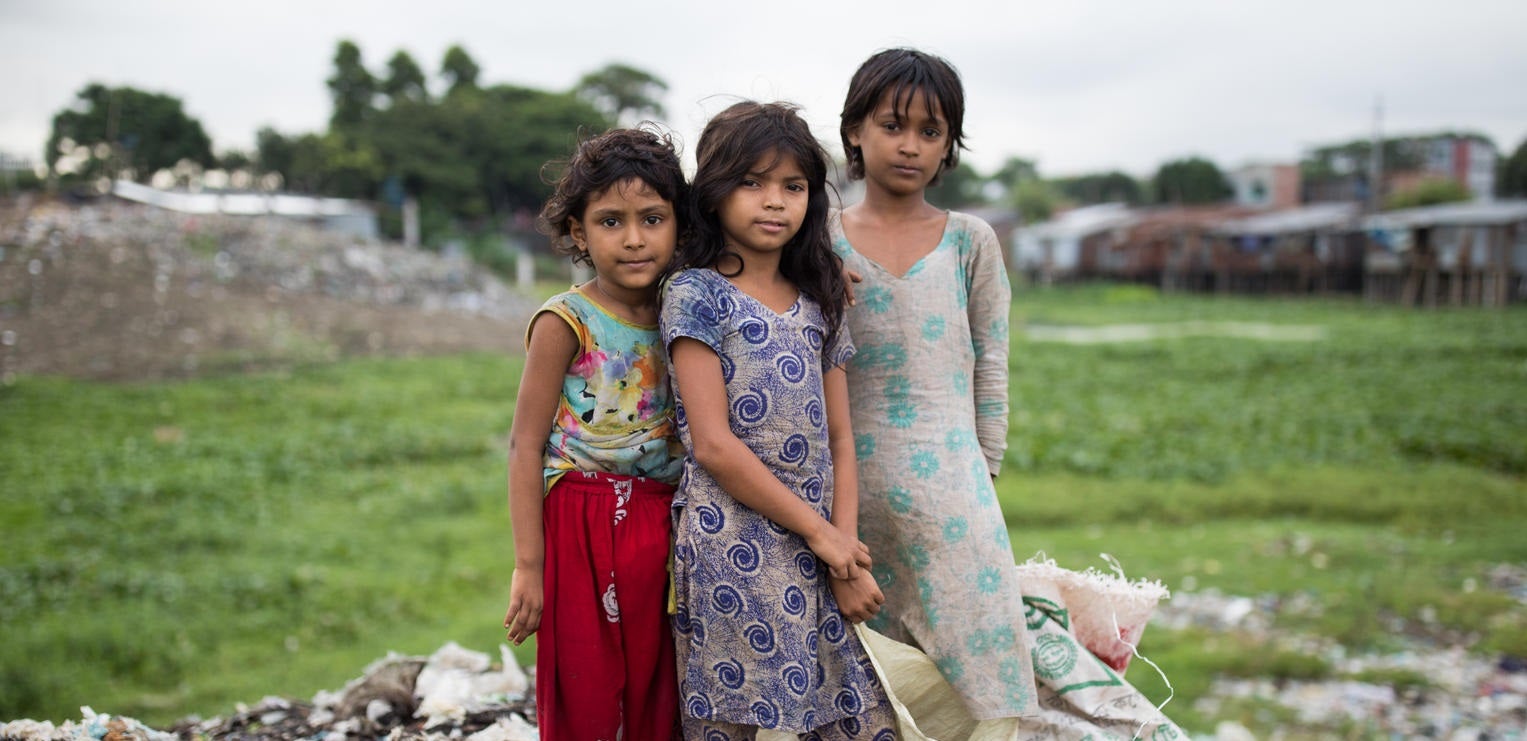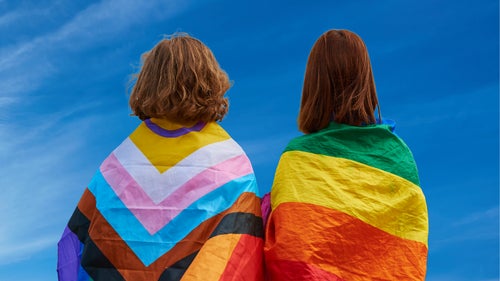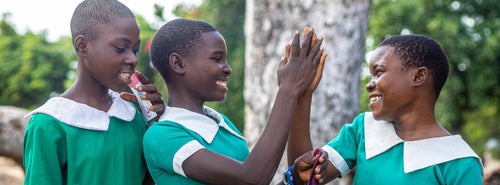Racism. What is it? Who gets to define it? Is it really getting worse - or better? How much does it really matter?
With almost clockwork regularity these questions are hotly debated in news headlines, social media feeds and parliamentary chambers across the country, and throughout the world.
Racism is commonly presented as one-off, extreme, overt events occurring between individuals – a verbal slur, a physical assault. Intent and deliberate malice feature strongly as markers of whether something, or someone, is considered racist.
Subtle, implicit and covert biases, assumptions and stereotypes that also contribute to the complex phenomenon that is racism receive far less attention, neither do the ways in which these implicit and explicit expressions are deeply entrenched within, and perpetuated by, systems and institutions of our society.
Children and young people’s perspectives and experiences of racism, and the ways in which such experiences impact their daily lives, are largely missing from the raging public debates that often seem more focused on denial of racism among the privileged and powerful than on protecting the safety and wellbeing of those most marginalised by society.
"Neuroscience and molecular biology tell us that early life experiences and exposures 'get under the skin' and become biologically embedded"
Recent weeks have been marked by an increase in racially motivated attacks, assaults and online trolling towards people from refugee and immigrant backgrounds accompanying the US presidential election, ongoing negative portrayals and problematising of Aboriginal and Torres Strait Islander peoples within the media, and reemergence of heated debates about the legitimacy of 18C. We’ve also seen repeated revelations of systemic and institutional abuse of children within settings that are meant to protect them - criminal justice, child protection, and immigration detention – systemic failures that disproportionately harm Aboriginal and Torres Strait Islander children, and also those from refugee and some migrant backgrounds.
Is it any wonder that the Productivity Commission’s report on Overcoming Indigenous Disadvantage targets released last week showed a lack of progress on a number of key outcomes and worsening in mental health and suicide and self-harm outcomes? Population monitoring data is far less available for children from refugee and marginalised migrant backgrounds, though smaller, community studies tell a similarly compelling, and disturbing story.
Scientific evidence is now overwhelming that the early years of life are foundational to health and wellbeing, as well as to social, educational and economic success, throughout life.
Neuroscience and molecular biology tell us that early life experiences and exposures “get under the skin” and become biologically embedded to influence lifelong health and wellbeing. Toxic stress in childhood is especially harmful, with ever increasing evidence that exposure to high levels of stress and adversity in childhood influences later physical and mental health and cardiovascular, metabolic and immune function right through to mid-life and older adulthood.
"Young people who experience high levels of racial discrimination have also been found to have increased cellular aging, inflammation, and physiological wear and tear."
Few would disagree stress related to poverty, abuse, and domestic violence are harmful to children and that as a society we should do all in our power to ensure children are safe to grow, learn and play free from their harms. Science tells us that racial discrimination is also an important, yet under-recognised, form of stress in children’s lives that has similarly negative impacts on lifelong psychological and physical health and wellbeing, as well as educational and social outcomes.
Children and young people who are targets of racial discrimination are at higher risk of increased anxiety and depression, behavior difficulties, suicide and self-harm. Sleep difficulties, systemic inflammation, and risk factors for cardiovascular disease have also been linked with racial discrimination experiences among children. Young people who experience high levels of racial discrimination have also been found to have increased cellular aging, inflammation, and physiological wear and tear. Racial discrimination quite literally can get under the skin and make our children and young people sick.
This can also occur even when children themselves aren’t the direct targets, referred to as vicarious racism. Racism experienced by a carer, family member or peer, that may or may not be witnessed by the child, has also been shown to place children and young people at risk. Studies show increased risk of common childhood illnesses, social emotional difficulties, and risk of overweight and obesity among children with carers and families who experience racism. Witnessing or hearing about racism in the media and online, including stereotyped, negative portrayals, is one harmful form of vicarious racism that also places children at risk.
As we look to the future and try to make sense of the rapidly changing world we inhabit, we must remember our children and young people. All children and young people, regardless of their cultural background, the colour of their skin, where they were born, the language they speak, how much money they have, deserve to be safe and given the best chance in life possible. As discomforting and disquieting as it may be, this means taking up the challenge to acknowledge racism, it its multiple, insidious, and pernicious forms, and addressing it as an important stressor in children’s lives.
The stories that matter, straight to your inbox
Sign up to receive more insights, must-see videos and powerful photography from the lives of children.
SUBSCRIBE NOWRelated articles
Stay up-to-date on UNICEF's work in Australia and around the world
















